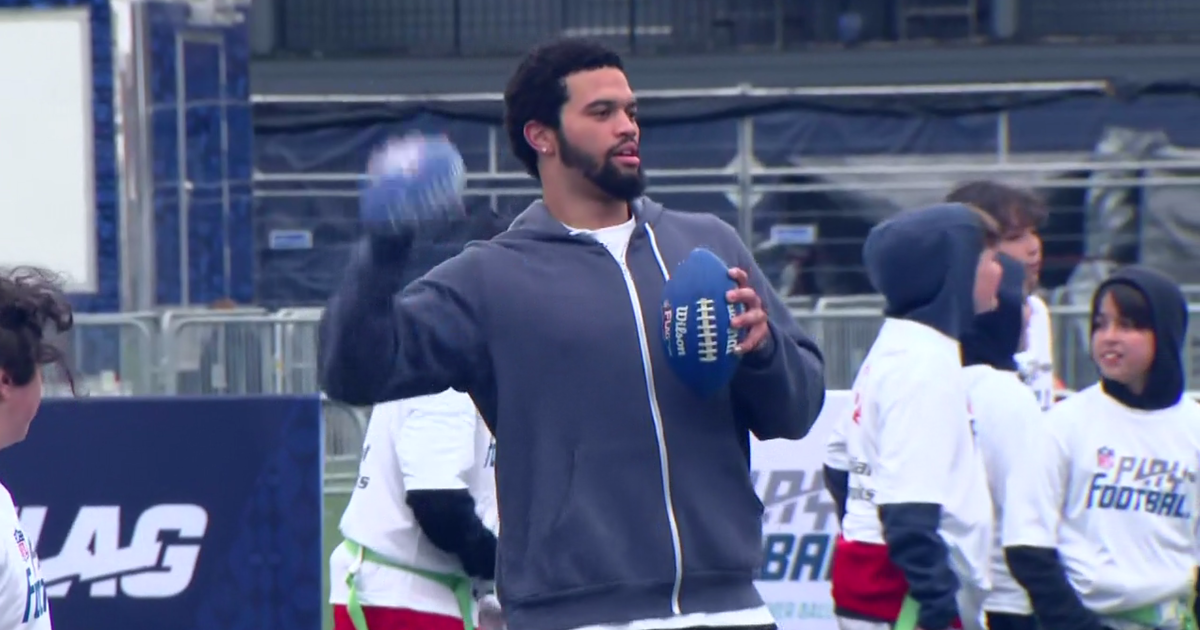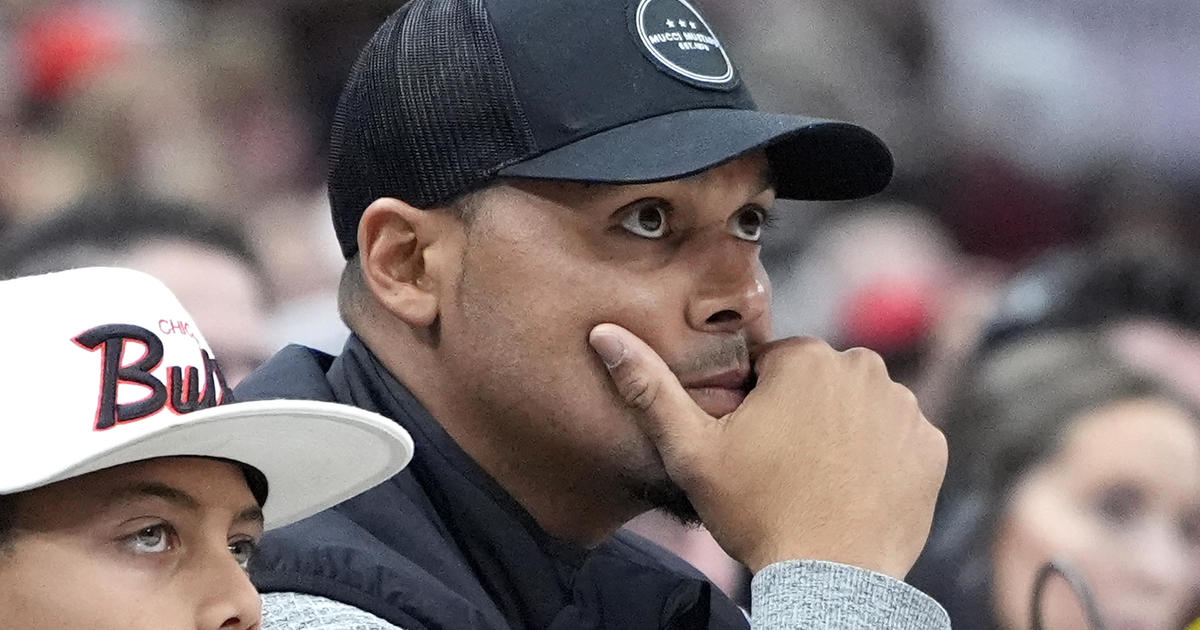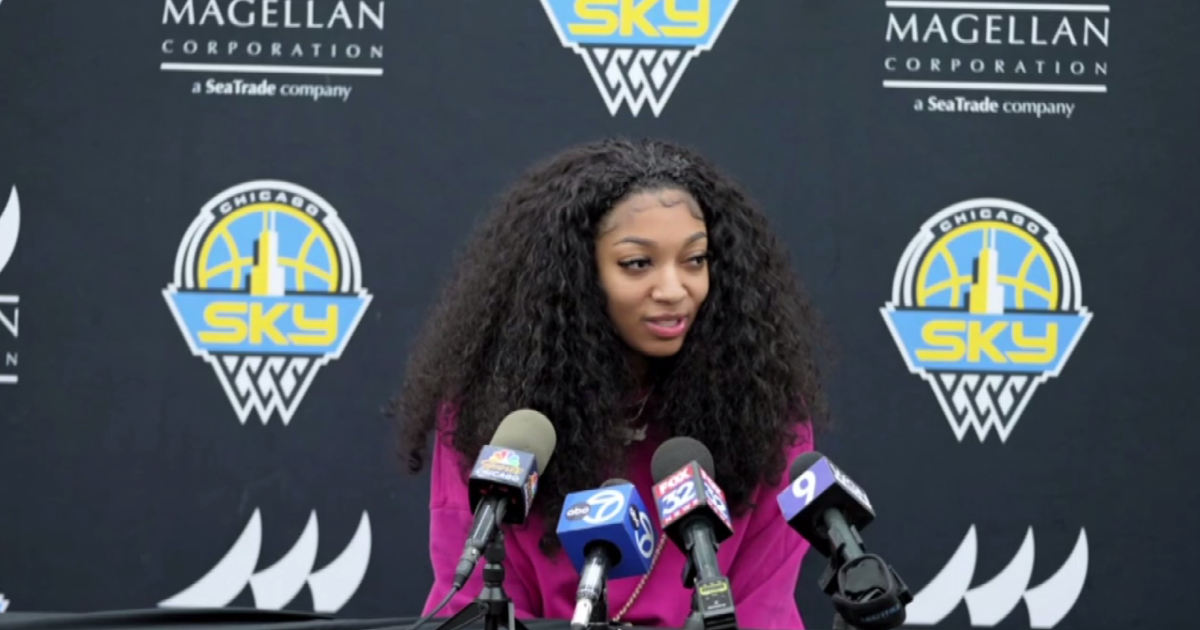Levine: Offense At A Premium In MLB
By Bruce Levine-
(CBS) -- While Major League Baseball glories in close pennant races and presumed parity, others worry about the pace of play and a lack of offense in a game that is no longer the most popular sport.
While the NFL does everything to increase offense in its game, baseball appears to not have an answer for the sudden drop in major offensive statistics over the past couple of seasons. Strikeouts are at an all-time high, averaging around 15 per game. Entering play Wednesday, there were only 23 hitters batting over .300 and 26 hitters with 20 or more home runs (16 in the AL, 10 in NL) among the 400 or so position players in the majors.
Teams are averaging 4.1 runs per game, the fewest since 1981 (4.00), according to baseball-reference.com.
The conversation has gotten to a point where many baseball writers now must consider if Clayton Kershaw should win both the Cy Young award and MVP in the NL. This is due to the lack of an obvious offensive star on a playoff-bound team (Marlins slugger Giancarlo Stanton's numbers stand out on a sub-.500 team).
Long, tedious 3-2 games have also convoluted the baseball buzz just when football season is gearing up. Keep in mind the baseball fan is still supporting the sport with high attendance, and the economics have never been better. The baseball revenue stream has increased from $2 billion to $8 billion in less than 10 years. MLB and parent company Baseball Advanced Media (BAM) is the main reason for this huge amount of money coming into MLB coffers.
Baseball managers are keenly aware of the realities of low-scoring, highly competitive games on a daily basis. Most believe the advent of the power arms in most organizations bullpens have changed the way the game is played.
"Look at a team like the Cubs," Brewers All-Star third baseman Aramis Ramirez said. "They had (Jake) Arrieta throwing 97 mph followed by three young guys in (Pedro) Strop, (Neil) Ramirez and (Hector) Rondon all coming out of the bullpen 95-plus. You better believe it is harder now to get a hit. A lot of teams now take that young arm that use to be a starter and make them back-end bullpen studs."
The new wave of player development has also changed the thinking of hitting coaches and organizations. In older days, batters who struck out 30 percent of the time wouldn't play much. Now, that's not such a worry so long as they bring power or make up for it in other areas.
The younger players coming up must learn to concentrate intensely every night, in large part because close ballgames have become part of the fabric of today's game.
"If you take the age of what a major league player was 10 years ago, it seems to have gotten younger," Cubs hitting coach Bill Mueller said. "If that is the case and I guess we need to see more data, then some of the run production deduction could be attributed to that inexperience. We will see in the next couple of seasons if these trends change as these hitters mature."
Cubs manager Rickey Renteria has his own theory on the offensive game that he has watched evolve over the last couple of years.
"We are seeing a lot of good starting arms and really good relievers," he said. "I also think depending on the approaches the hitters are taking, there may be a swing (in offense), you never know. We are trying to get our hitters to grind out at-bats. We ask them to be focused on the hitting zone they want to be in. All in all, hitters still don't like striking out."
Renteria is right in his assessment, but players are rarely benched for the swing-and-miss factor alone these days. The drug culture has been curtailed in baseball. With the clean-up, offense -- and in some cases interest -- has waned.
Bruce Levine covers the Cubs and White Sox for 670 The Score and CBSChicago.com. Follow him on Twitter @MLBBruceLevine.



